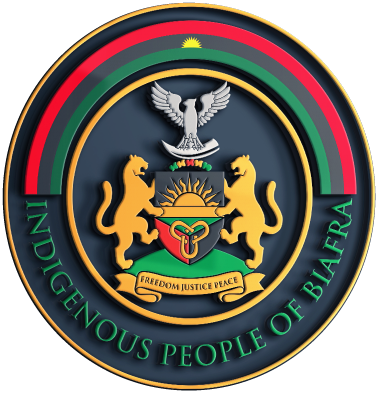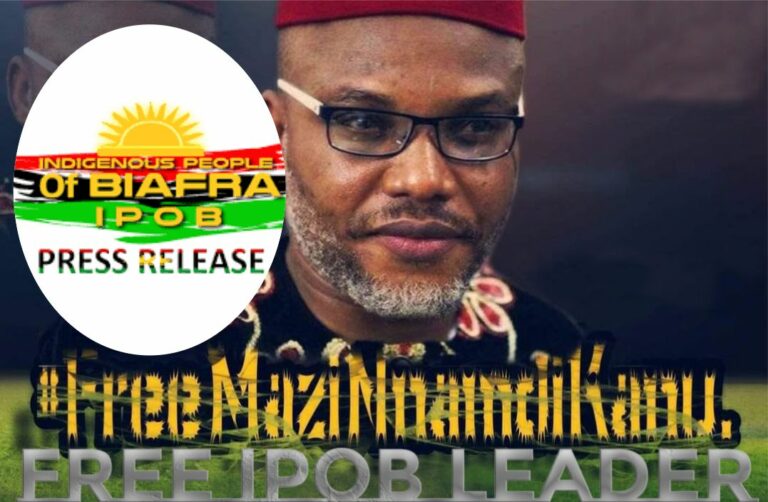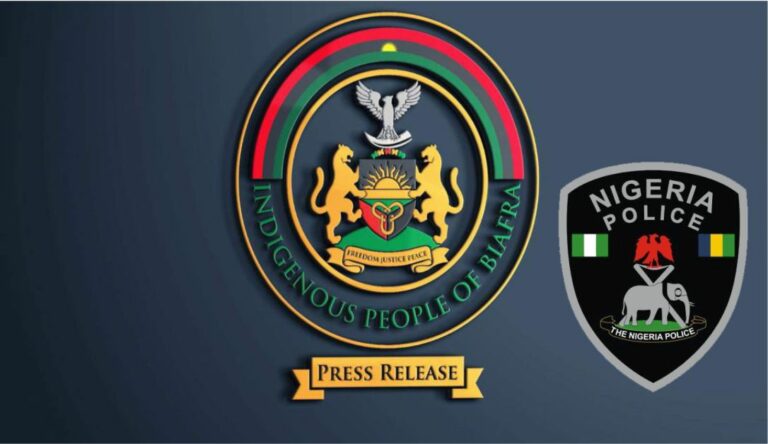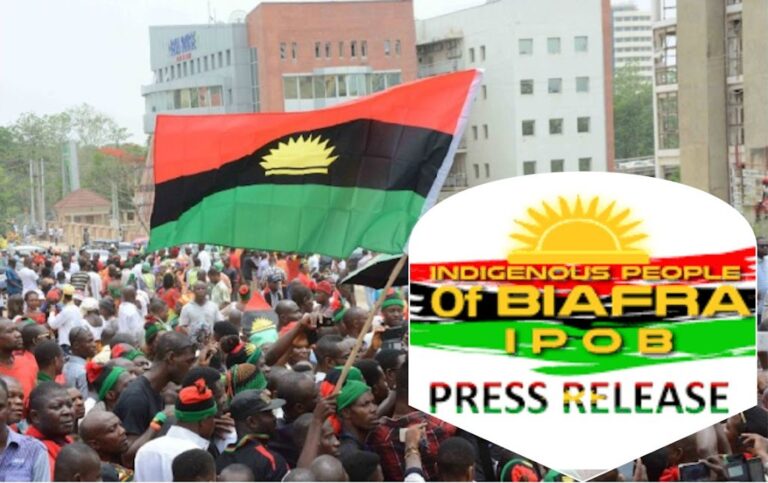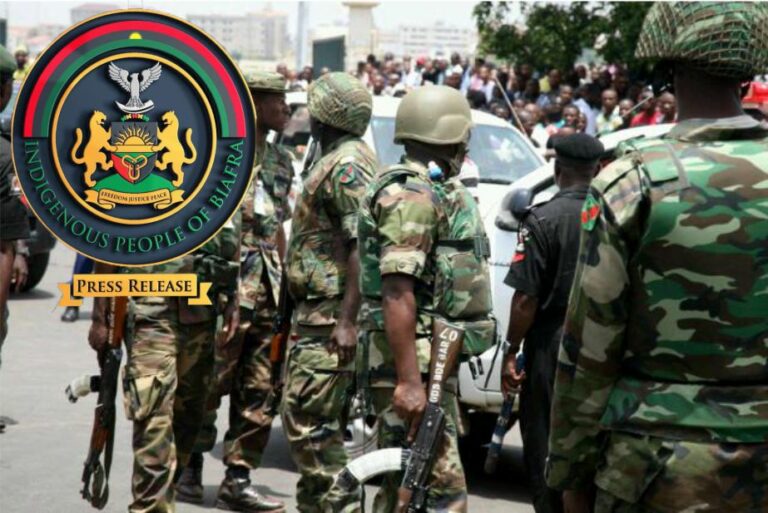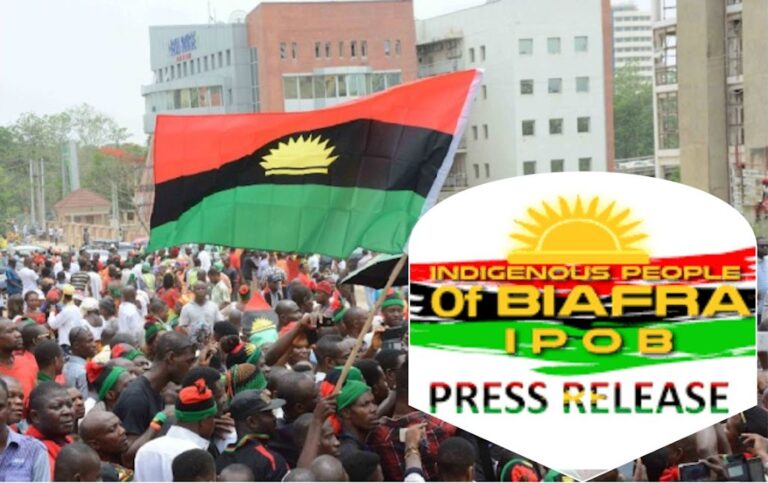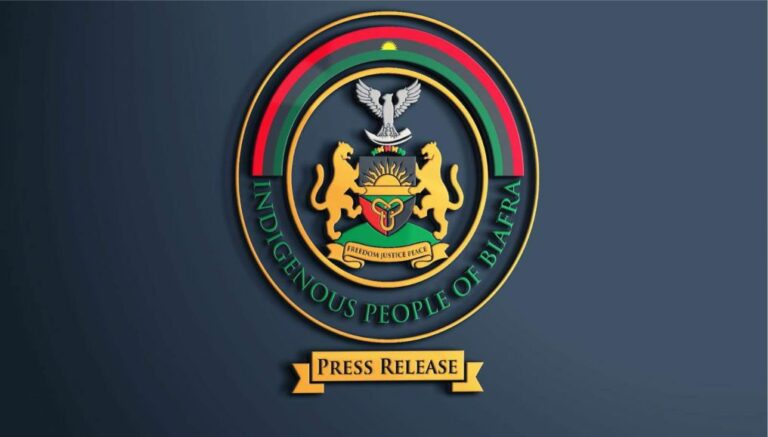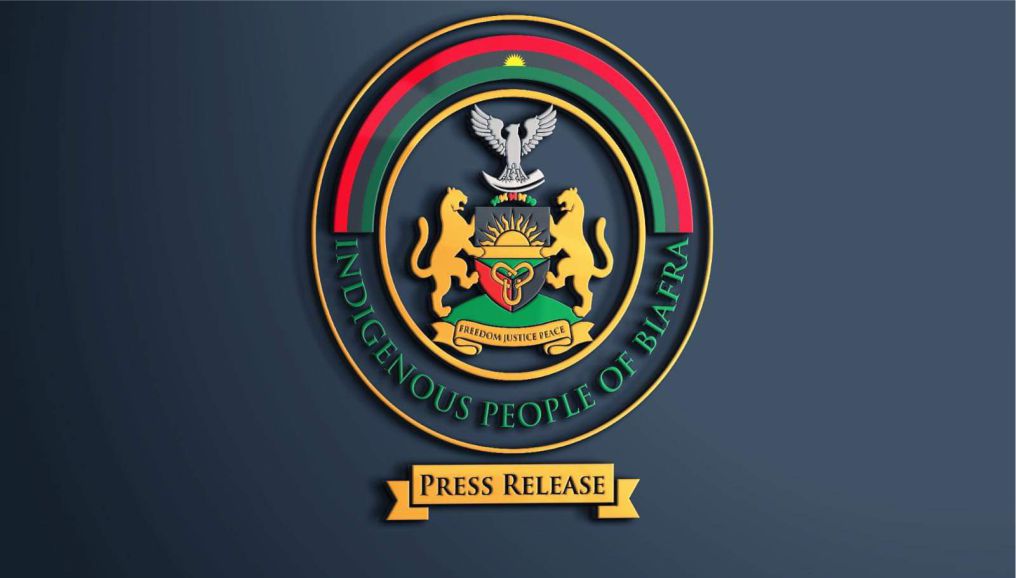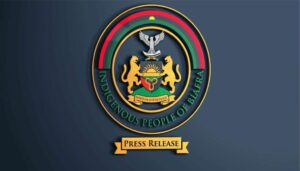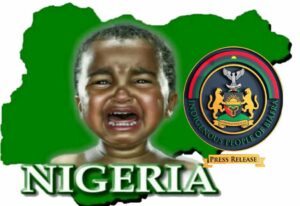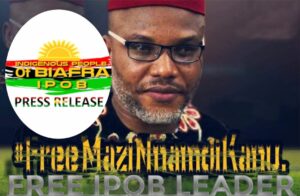The Igbo were one of the very few constituent nations in what was Nigeria, again prior to 29 May 1966, who understood, fully, the immense liberatory possibilities ushered in by 1 October and the interlocking challenges of the vast reconstructionary work required for state and societal transformation in the aftermath of foreign occupation. The Igbo had the most robust economy in the country in their east regional homeland, supplied the country with its leading writers, artists and scholars, supplied the country’s top universities with vice-chancellors (or presidents) and leading professors and scientists, supplied the country with its first indigenous university (the prestigious university at Nsukka), supplied the country with its leading and most spirited pan-Africanists, supplied the country with its top diplomats, supplied the country’s leading high schools with head teachers and administrators, supplied the country with its top bureaucrats, supplied the country with its leading businesspeople, supplied the country with an educated, top-rated professional officers-corps for its military and police forces, supplied the country with its leading sportspersons, essentially and effectively worked the country’s rail, postal, telegraphic, power, shipping and aviation services to quality standards not seen since in Nigeria … And they were surely aware of the vicissitudes engendered by this historic age precisely because the Igbo nation played the vanguard role in the freeing of Nigeria from Britain, beginning from the mid-1930s. The commentator, Sabella Ogbobode Abidde, couldn’t have been more emphatic in summarising the thrust of the Igbo mission during the period:
The Igbo nation ha[s] attributes most other Nigerian nationalities can only dream of and are what most other nations [are] not. The Igbo made Nigeria better. Any wonder then that the Igbo can do without Nigeria; but Nigeria and her myriad nationalities cannot do without the Igbo? Take the Igbo out of the Nigeria equation … and Nigeria will be gasping for air.
The Igbo’s break with Nigeria occurred catastrophically on 29 May 1966. On this day, leaders of the Hausa-Fulani north region (feudal overlords, muslim clergy, military, police, businesspeople, academics, civic servants, other public officials and patrons), who were long opposed to the liberation of Nigeria (there were no comparable clusters of political, cultural, ideational, religious, national or racial groupings anywhere else in the Southern World, during the era, which had a similar, unenviable disposition of hostility to emancipation from the European occupation of their lands as the Hausa-Fulani leadership), launched waves of premeditated genocidal attacks on Igbo migrant populations resident in the north. These attacks were later expanded to Igboland itself, Biafra, during the second phase which began on 6 July 1967, boosted particularly by the robust participation in the slaughter by the Yoruba, Urhobo, and Edo nations of west Nigeria as well as others elsewhere in the country.
The Yoruba support for the genocide as from 6 July 1967, for instance, bears all the hallmark of a squelching cadence of opportunism. The Yoruba appeared to have lost, quite spectacularly, the 1930s-1960s Igbo-Yoruba competitive “preparatory drive” to develop the high-level humanpower and ancillary resources required to run the prospective post-conquest state after the British departure. They therefore viewed the outbreak of the mid-1966 Igbo mass killings in the north region and elsewhere as welcome season to “avenge” their “loss” during the great sociocultural rivalry of those previous three decades, clutching onto any bomb or missile available from July 1967 on their onward death-march east to lob, remorselessly, into besieged Igboland, into an Igbo home, Igbo school, Igbo shrine, Igbo church, Igbo hospital, Igbo office, Igbo market, Igbo farmland, Igbo factory/industrial enterprise, Igbo children’s playground, Igbo town hall, Igbo refugee centre …
Benjamin Adekunle, one of the most fiendish of the genocidist commanders of the time had no qualms, whatsoever, in boasting about the goal of this horrendous mission when he told an August 1968 press conference, attended by journalists including those from the international media: “We shoot at everything that moves, and when our forces march into the centre of I[g]bo territory, we shoot at everything, even at things that do not move”. It is astonishing how genocidist cravings and dispositions build on gory precedents so markedly as the following two examples attest. First, in 1891, Karl Peters, the head of the German occupation regime in east Africa, gave the following haunting description of some of the gruesome massacres his forces had recently carried out in the region: “I shall show the Vagogo what the Germans are! Plunder the villages, throw fire into the houses, and smash everything that will not burn … At about three, I marched further south toward the other villages … [T]orches were thrown into the houses, and axes worked to destroy all that the fire did not achieve. So by half past four, twelve villages had been burned down … My gun had become so hot from so much firing I could hardly hold it”. Second, in October 1904, Lother von Trotha, the general officer commanding the German military forces engaged in the genocide of the Herero people and others in Namibia issued the following proclamation, which he unambiguously captioned an “Extermination Order”: “The Herero people will have to leave the country. Otherwise I shall force them to do so by means of guns … [E]very Herero, whether found armed or unarmed, with or without cattle, will be shot. I shall not accept any more women and children. I shall drive them back to their people – otherwise I shall order shots to be fired at them. These are my orders to the Herero people”. The outcome of von Trotha’s campaign was cataclysmic. No sectors of the Herero population, nor indeed those of the other nations in the region such as the Nama and the Berg Damara escaped the resultant genocide as the following statistics from Germany’s own 1911 census figures for the area show. In that year, there were 15,130 Herero, compared with a population figure of 80,000 in 1904, indicating that at least 80 per cent were destroyed in the holocaust. For the Nama, their population in 1911 was 9,781 people compared with 20,000 in 1904, recording a 51 per cent German annihilation score. There were no detailed, broken down, figures for the Berg Damara, but the Germans reckoned that about 30 per cent of them were murdered in the genocide.
To return to the post-Peters/von Trotha-genocide epoch of the mid-20th century Africa, notably between 29 May 1966 and 12 January 1970, Adekunle and his extended trail of genocidist hordes, starting from the sabon gari-killing fields’ launch pads that were Igbo homes and churches and offices and businesses in north Nigeria to the “centre of I[g]bo territory”, 400 miles to the south, did murder 3.1 million Igbo people – a haunting tally which indeed includes those slaughtered during the Adekunleist “everything that moves”-targeting, duly promised in the infamous press briefing. As for the outcome of the “things that do not move”-assault category, the genocidists were hardly off target. Their gratuitous destruction of the famed Igbo economic infrastructure, one of the most advanced in Africa of the era, is indescribably barbaric. This was followed, subsequently (post-January 1970), by the genocidists’ implementation of the most dehumanising raft of socioeconomic package of deprivation in occupied Igboland, not seen anywhere else in Africa. The brigandage includes the following:
1. Seizure of the multimillion Igbo capital asset in Igwe Ocha/Port Harcourt and elsewhere
2. Comprehensive sequestration of Igbo liquid asset in Nigeria (as of January 1970), bar the £20.00 (twenty pounds) doled out to the male surviving head of an Igbo family
3. Exponential expropriation of the rich Igbo oil resources from the Abia, Delta, Imo and Rivers administrative regions
4. Blanket policy of non-development of Igboland
5. Aggressive degradation of socioeconomic life of Igboland (As if another empirical reminder is yet required to underscore this obviously grave situation at stake, the following news item from the Lagos Vanguard [16 November 2009] is typically illustrative: “Journalists in … Abia, Anambra, Ebonyi, [Enuugwu] and Imo [central Igboland administrative regions] have threatened to embark on hunger strike to protest the bad conditions of federal roads [there]. They regretted that the failed roads [have] claimed many lives and property worth billions of naira”.)
6. Ignoring ever-expanding soil erosion/landslides and other pressing ecological emergencies particularly in northwest Igboland
7. Continuing reinforcement of the overall state of siege of Igboland …
These latter measures, which inaugurated phase-III of the Igbo genocide, constitute one of the five acts of genocide explicitly defined in article 2 of the December 1948 UN Convention on the Prevention and Punishment of the Crime of Genocide: “deliberately inflicting upon the group conditions of life designed to bring about its physical destruction in whole or in part”.
We mustn’t fail to add, finally, that these measures were drafted and implemented largely by Yoruba economists and lawyers led by Obafemi Awolowo which included, ironically, Sam Aluko who, along with all members of his family, enjoyed the generosity of a political asylum in Igboland when his life was in serious danger during the vicious intra-Yoruba political violence of the early 1960s.
The Harold Wilson-led British government of the day underwrote this devastating stretch of genocide militarily, politically and diplomatically – from its early conceptualisation, liaising continuously with the Gowon-Mohammed-Danjuma genocidist cells of the Nigeria military at varying stages between January and May 1966, to the savage, spiralling aerial, naval and ground onslaughts on encircled Igbo population centres (the “shooting everything”-raging inferno) especially between March 1968 and January 1970. London’s strategic goal in supporting the genocide was to “punish” the Igbo for “daring” to spearhead the termination of the British occupation of Nigeria. This foundational genocide of post-(European)conquest Africa and the worst in 20th century Africa would probably not have occurred without British active involvement. It is inconceivable that a contemporary British government would continue to delay any much longer in offering its unreserved apology to the Igbo for Britain’s role in the execution of this genocide and pay reparations to the survivors.
29 May 1966 is undoubtedly the most tragic day in the annals of Igbo history. It was a day that the Igbo were subjected to an overwhelming violence and unremitting brutality by supposedly fellow countrymen and women. Ironically, the atrocity was clinically organised, supervised and implemented by the very state that the Igbo had played such a crucial role to liberate from foreign conquest and occupation. This state, now violently taken over by murderous anti-African sociopolitical forces, had pointedly violated its most sacred tenet of responsibility to its Igbo citizens – provision of security. Instead of providing security to these citizens, the Nigeria state murdered 3.1 million of them. The ghoulish anthem for the genocide, broadcast uninterruptedly in Hausa on Kaduna radio and television throughout its duration, was unambiguously clear on the principal objective of this crime against humanity:
Mu je mu kashe nyamiri
Mu kashe maza su da yan maza su
Mu chi mata su da yan mata su
Mu kwashe kaya su
(English translation: Let’s go kill the damned Igbo/Kill off their men and boys/Rape their wives and daughters/Cart off their property)
Yet this 29th day of May 1966 is also the Igbo Day of Affirmation. The Igbo people resolved on this day, the day that marked the beginning of the genocide, to survive the catastrophe. This was the day the Igbo ceased to be Nigerians forever – right there on the grounds of those death camps in the sabon gari residential districts and offices and rail stations and coach stations and airports and churches and schools and markets and hospitals across north Nigeria. They created the state of Biafra in its place and tasked it to provide security to the Igbo and prevent Nigeria, a genocide state, from accomplishing its dreadful mission. The heuristic symbolism defined hitherto by 1 October shattered in the wake of this historic Igbo declaration. For the Igbo, the renouncement of Nigerian citizenship was the permanent Igbo indictment of a state that had risen thunderously to murder its people.
The Igbo could not have survived the genocide if they still remained Nigerian. They rightly chose the former course of their fate and not the latter which they cast adrift. Consequently, Nigeria collapsed as a state with any serious prospects for the future. Despite the 4 murderous years of siege, the Igbo demonstrated a far greater creative drive towards constructing an advanced civilisation in Biafra than what Nigeria has all but wished it could achieve in the past 40 years. Nigeria gburu ochu; Nigeria mere alu. Surely, Nigeria couldn’t recover from committing this heinous crime – this crime against humanity, this Malebolge.
29 May is therefore a beacon of the resilient spirit of human overcoming of the most desperate, unimaginably brutish forces. It is the new Igbo National Holiday. It is a day of meditation and remembrance in every Igbo household anywhere in the world for the 3.1 million murdered, gratitude and thanksgiving for those who survived, and the collective Igbo rededication to achieve the urgent goal of the restoration of Igbo sovereignty.
